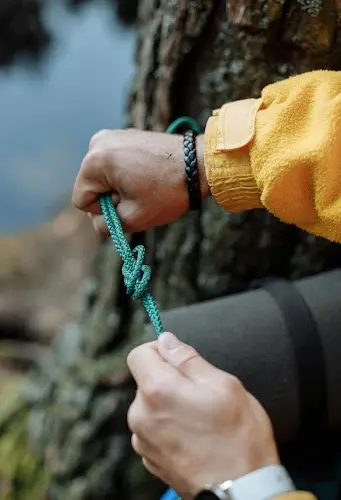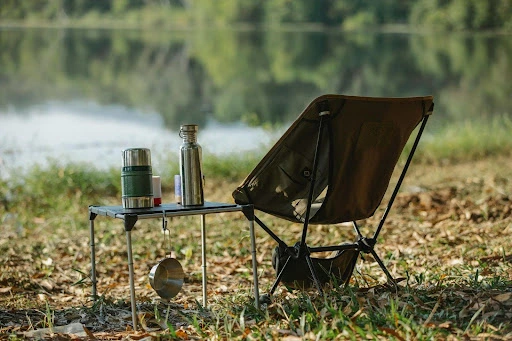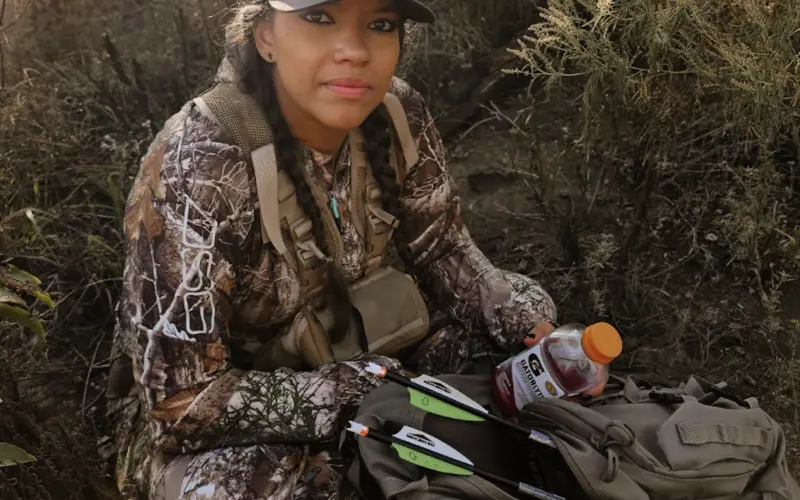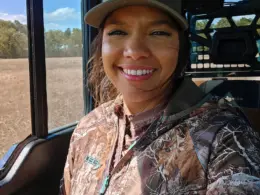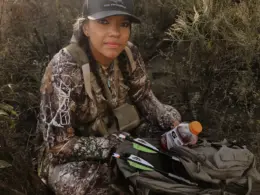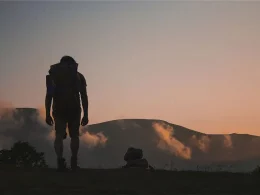Knots might not seem like the most exciting topic, but trust me, they’re addicting to pull off once you get started. For someone like myself, a lot of these were difficult to learn, but a lot of practice keeps the muscle memory alive.
This article will get you sorted with essential knots that could make or break your outdoor experience. We’ll walk through tying the bowline, that reliable loop you can count on, the clove hitch for all your fastening needs, and the figure-eight knot, a favorite for climbing and hauling.
Table of Contents
The Importance of Knots in Bushcraft
Properly tied knots ensure safety, stability, and efficiency in various bushcraft activities. For instance, when building a shelter, strong knots help secure tarps and ropes to withstand harsh weather conditions, while effective gear securing prevents accidents and loss of equipment during treks. They’re also handy to have in first aid situations, helping to secure bandaging and splints.
As I said above, to improve your knot-tying skills, practice regularly using different types of ropes and materials, focusing on the tension and placement of each knot. Start with a few essential knots and gradually expand your repertoire, perhaps setting goals or challenges for yourself.
Watching instructional videos on YouTube or joining local workshops hosted by actual guides can also provide valuable insights and tips to refine your technique. I’m sure a quick Google search in your area will provide a plethora of options for learning.
Don’t be discouraged if you don’t succeed at first; It took me almost a year to fully remember how to tie a bowline and even still, I need to use it regularly to remember it.
The Bowline Knot
The bowline knot, often called the “king of knots,” was traditionally used by sailors. It forms a fixed loop at the end of a rope, making it invaluable for various applications. Its reliability and simple structure have earned it a place in rescue operations, where quick and secure connections are necessary.
How to Tie a Bowline Knot
- Create the “Rabbit Hole”
- Make a small loop in the standing part of the rope.
- Introduce the “Rabbit”
- Take the working end of the rope (the “rabbit”).
- Pass-Through the Hole
- Pass the “rabbit” through the “rabbit hole” from below and pull it up.
- Wrap Around the “Tree”
- Wrap the working end around the standing part of the rope (the “tree”).
- Return Through the Hole
- Bring the working end back through the loop you created.
- Tighten the Knot
- Pull both ends of the rope to tighten the knot, ensuring the pull is tight.
- Check the Knot
- Ensure the knot maintains its strength under load but can be easily untied afterward.
For a more detailed explanation, check out this YouTube video on how to make a Bowline Knot.
In bushcraft, the bowline knot is essential for making strong loops, such as securing tarps or creating anchor points. Its reliability makes it a go-to choice for rescue scenarios, ensuring individuals can be safely tethered during extrication efforts.
The Clove Hitch
The clove hitch is often favored for its simplicity. Historical references suggest it has been used for centuries, particularly in maritime practices, as it allows for quick adjustments when securing two objects. Commonly used in climbing and bushcraft, the clove hitch excels at attaching ropes to trees, poles, and various structures.
How to Tie the Clove Hitch
- First Turn: Take the rope and wrap it around the object (like a tree) once, ensuring the working end crosses over the standing part.
- Second Turn: Wrap the rope around the object again, this time crossing the working end under the standing part.
- Final Adjustment: Tuck the working end underneath the last loop you made and pull tight to secure it.
The clove hitch is particularly useful in bushcraft scenarios for securely fastening tarps to trees or connecting ropes to tent poles, making it ideal for camp setups.
The Figure-Eight Knot
The figure-eight knot is known for its strength and reliability, often used in climbing and safety applications. Its name comes from its distinctive shape, resembling the number 8. This knot is preferred by climbers for its secure grip and how easy it is to take apart.
How to Tie the Figure-Eight Knot
- Create the Loop: Start by creating a loop in the rope, leaving a long enough tail for the knot.
- Form the Figure-Eight: Pass the working end of the rope through the loop you just made from behind to form a figure-eight shape.
- Retrace the Knot: Take the working end back through the original loop to complete the knot.
In bushcraft, figure-eight is the best way to secure loops that prevent rope slippage. For more information, check out this video on tying a figure-eight knot.
Final Thoughts
The cool thing about most knots is that there can be multiple ways to tie them. So, if one way doesn’t work for you, then research another way until it clicks. You could say that this advice can apply to many aspects of bushcraft as well. Don’t wait to learn your knots, there could easily be a situation where you need to use them.

